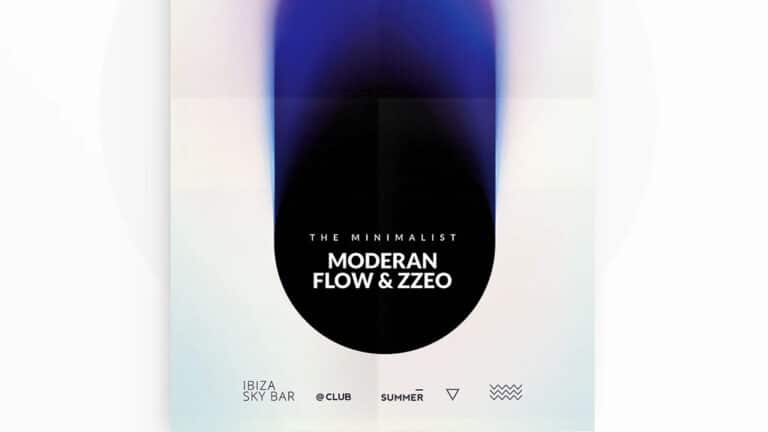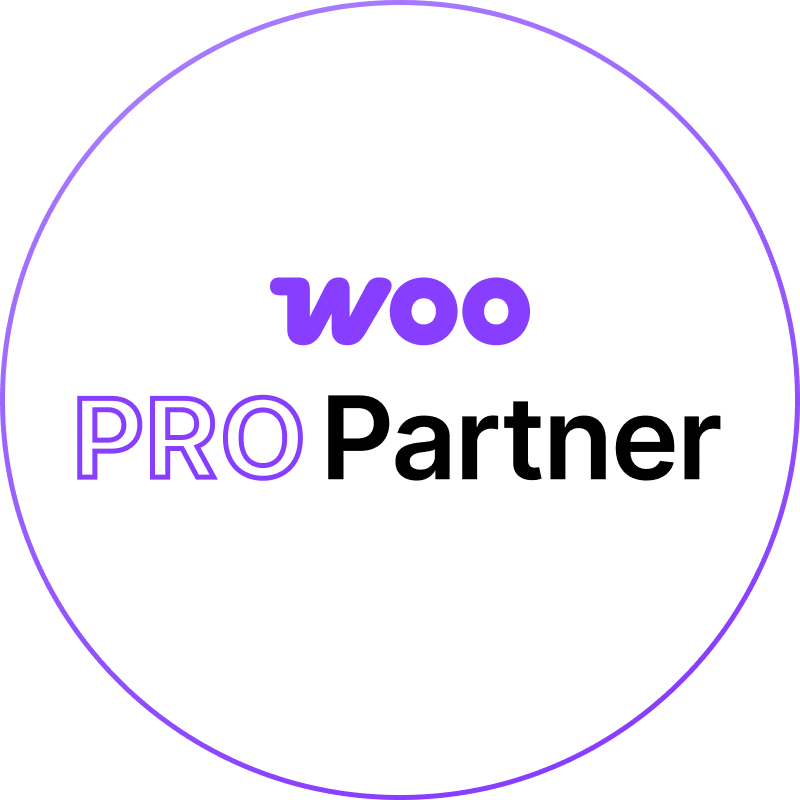Creating a Visual Style Guide for Your Business
If your brand shows up differently on every platform, you’re not building recognition—you’re building confusion. A visual style guide is the tool that prevents this problem. It acts as the blueprint for how your brand should look and feel across all channels and touchpoints, from your website to social media, email campaigns, print materials, and more. Without one, consistency becomes a guessing game, especially when your team grows or you collaborate with outside partners.
A well-crafted style guide ensures that every visual decision supports your brand identity. It streamlines your creative process, reduces back-and-forth during approvals, and maintains visual integrity no matter who’s creating the content. Whether you’re onboarding a new designer, outsourcing social media, or scaling your marketing, a style guide keeps everyone aligned and on-brand.
More than just a document, your visual style guide is a foundation. It empowers your team to create quickly and confidently without sacrificing quality. It ensures that your brand remains consistent, professional, and recognizable—which ultimately leads to stronger audience trust and better business results. And if you’re not sure how to develop one from scratch, working with experts who specialize in graphic design agency services can help you build a guide that grows with your business.
Define Your Brand Identity and Personality
Before you can tell people how your brand should look, you need to understand who your brand actually is. That’s where brand identity comes in. This step lays the foundation for every design decision you’ll make later in your style guide. Think of it as setting the tone before you choose the colors, fonts, and layouts.
Start by defining your mission and values—what does your business stand for, and what impact do you want to have? Next, articulate your brand’s personality. Are you playful and bold, or refined and professional? Are you targeting a Gen Z audience with edgy content, or business executives with a polished tone? These characteristics will influence everything from your typography choices to the photography style you choose.
You should also clearly define your target audience. Who are you speaking to, and what appeals to them visually? Understanding your audience’s preferences can help you select design elements that feel familiar and trustworthy to them while staying true to your brand’s personality.
Once your identity is clearly defined, document it in your style guide as a reference point. This context will help designers, marketers, and writers create content that’s not just visually aligned but emotionally aligned with your brand story. It sets the tone for everything that follows in the guide.
Set Logo Guidelines
Your logo is one of the most recognizable parts of your brand—and how it’s used (or misused) can have a major impact on how professional your business appears. Your style guide should include clear, non-negotiable rules for logo usage to protect your brand from inconsistencies or distortion.
Start by showing the primary version of your logo—this is the one that should be used in most situations. Then include acceptable variations, such as horizontal, vertical, icon-only, or monochrome versions. Each variation should have usage context, so it’s clear when and where each one is appropriate.
Next, outline clear spacing and sizing rules. How much white space should surround your logo? What’s the minimum size it should appear at to ensure legibility? Without these guidelines, your logo might end up too small to read on mobile or crammed into a crowded layout.
Finally, make sure to include examples of what not to do. This can include stretching, rotating, applying shadows, using incorrect colors, or placing the logo on clashing backgrounds. Visual examples of incorrect use help eliminate confusion and maintain brand integrity.
When these logo guidelines are clearly documented, your team and partners will have the tools they need to represent your brand consistently—whether they’re building a landing page, designing a brochure, or creating digital ads.
Choose a Cohesive Color Palette
Color is one of the most powerful tools in your brand’s visual toolbox. It evokes emotion, sets the tone, and reinforces recognition. The colors you choose—and how consistently you use them—can have a lasting impact on how people perceive your brand. That’s why your visual style guide must include a carefully selected and clearly defined color palette.
Start by identifying your primary brand colors. These are the ones most associated with your identity and should appear consistently across your marketing materials. Most brands stick with one or two dominant colors that are used in logos, headlines, and backgrounds. These colors should reflect your brand’s personality—whether that’s bold and energetic, calm and trustworthy, or creative and unconventional.
Next, define secondary and accent colors. These provide flexibility and depth to your designs without overwhelming your primary palette. Secondary colors might be used for buttons, highlights, or illustrations, while accents can add contrast and visual interest in more creative elements. Too many colors can dilute your brand, so it’s best to keep your total palette to about five or six complementary hues.
Be sure to include exact color codes for each: HEX for web, RGB for digital, and CMYK or Pantone for print. These specifications prevent inconsistencies that can arise when converting colors between mediums. Even a slight variation can make your materials look off-brand or amateurish.
Finally, offer visual examples of how to use each color effectively. Suggest combinations that work well, contrast ratios for accessibility, and background applications. These practical tips help ensure your color choices are used correctly—no matter who’s designing.
Establish Brand Typography
Typography does more than deliver words—it adds voice and emotion to your message. Your font choices say a lot about your brand, and inconsistent type can create confusion or reduce trust. That’s why typography deserves its own section in your style guide, with clear rules for usage.
Begin by listing your brand’s typefaces, starting with the primary font. This is typically used for headers, titles, and key messaging. It should be bold, legible, and aligned with your brand personality. Follow it with a secondary font, often used for body text or captions. This typeface should complement the primary font without competing for attention.
Some brands include a third, accent font for specific use cases, such as quotes, callouts, or display graphics. If you go this route, make sure the font still supports your overall aesthetic and doesn’t become a distraction.
In addition to naming the fonts, your guide should define how they’re applied. Include rules for font sizes, line heights, letter spacing, and font weights for different content types. For example, headlines might use a 36pt bold weight, while body text could be 14pt regular with specific line spacing for readability.
Also consider accessibility—avoid fonts that are too thin, overly stylized, or difficult to read at small sizes. If your brand fonts aren’t standard system fonts, provide download links or licensing info so your team has access.
Finally, include examples of good vs. poor typography. Show how proper spacing and sizing make content easier to read and more visually appealing. When your typography is clear, consistent, and well-documented, your brand instantly feels more professional.
Create Image and Photography Guidelines
Imagery is one of the most direct ways your brand expresses emotion and tone. From the photography you use on your website to the visuals in your ads and brochures, every image tells a story. Your style guide should help ensure those stories are always on-brand.
Start by defining the overall style and tone of your brand imagery. Is it bright and minimal? Gritty and dramatic? Warm and candid? This guidance helps team members select images that reflect the mood and values of your brand.
Next, provide direction on subject matter. Should your photos include people, and if so, what types of expressions or demographics represent your audience best? Are environmental shots, close-ups, or flat-lay product shots more appropriate? Do you use stock imagery, original photography, or illustrations?
If filters or editing styles are part of your brand look, include those standards too. This could be guidelines for color grading, saturation levels, or contrast adjustments. Consistent editing makes your images feel unified, even if they come from different sources.
You can also offer examples of acceptable and unacceptable imagery. This helps avoid visuals that feel off-brand—whether too corporate, cliché, or visually cluttered. With the right imagery guidelines in place, your brand visuals will be more intentional and impactful at every touchpoint.
Design Icon and Illustration Styles
Icons and illustrations are small elements that carry big branding power. They appear across websites, mobile apps, infographics, presentations, and packaging—often as visual shortcuts to guide users, support messaging, or add personality to content. Because these elements are so widely used, it’s essential to define how they should look and feel in your visual style guide.
Start by determining your overall style. Should your icons be flat or dimensional? Outlined or filled? Rounded or angular? If you use illustrations, are they hand-drawn, geometric, abstract, or highly detailed? Just like your photography, your iconography and illustration style should reflect your brand personality—whether it’s clean and corporate, playful and artistic, or bold and edgy.
Then, set rules around consistency. All icons should use a uniform stroke weight, color scheme, and scale so they feel like part of the same system. If you use shadows or gradients, define when and how they should be applied. If your brand relies on custom illustrations, include examples that demonstrate correct proportions, perspective, and visual balance.
Your guide should also include dos and don’ts—show what a correct icon looks like next to one that doesn’t follow your system. This visual contrast helps prevent inconsistencies when assets are created by different designers or outsourced to a freelancer. If you’re sourcing icons from a third-party library, specify which libraries align with your style and are approved for use.
Icons and illustrations often go unnoticed when they work well—but when they don’t, the dissonance can be distracting. By outlining these details, you ensure every little element contributes to a big-picture brand that feels cohesive and polished.
Build Layout and Grid Systems
While color and typography get most of the attention in visual branding, layout is the unsung hero that brings everything together. A solid layout system helps maintain structure and visual harmony across all your content, from digital ads and web pages to print materials and presentations. Including layout guidance in your style guide empowers your team to design quickly and consistently—without reinventing the wheel each time.
Begin by defining your grid system. This could be a 12-column layout for web design, a fixed two-column format for presentations, or even custom layouts for brochures, social media posts, or newsletters. Consistent grids help organize content in a way that feels familiar to users while maintaining visual balance.
Next, provide spacing rules. Define how much padding should exist between headlines and body text, around images, and between sections. Use pixel or point values to maintain consistency and prevent overcrowded designs. Establish clear margin and gutter rules, especially for print materials that must follow production specifications like bleed and trim zones.
You should also include alignment and hierarchy guidance. Should headlines always be left-aligned? Are images centered, floated, or full width? Should every page start with a header and CTA section? These decisions may seem small, but they build the backbone of every piece of branded content.
If you have recurring formats—such as email campaigns, slide decks, or one-pagers—consider including full-page layout examples in your guide. These templates serve as reference points for designers and marketers, helping them stay on-brand while streamlining the creation process.
Include Templates for Common Use Cases
One of the most practical (and often overlooked) sections of a visual style guide is the inclusion of real, ready-to-use templates. These assets bridge the gap between brand standards and actual day-to-day execution. Without templates, team members may interpret guidelines differently or create assets that look “close” but lack polish and consistency.
Start by identifying the most commonly used brand materials—things like Instagram posts, Facebook ads, email headers, slide decks, business cards, and blog graphics. Then, build templates that apply your branding rules: color palette, typography, logo placement, and image styling. Each template should be editable and optimized for its intended platform, whether it’s a high-res print file or a lightweight image for social media.
Provide access to these templates in shared folders or a centralized brand hub where your team can easily find and download them. Include usage notes that clarify when and how each template should be used, along with any customization guidelines to keep them consistent.
Well-designed templates save time and reduce room for error. They’re especially useful for marketing teams and external vendors who need to produce assets quickly without sacrificing brand integrity. By including templates in your guide, you empower everyone involved to create with confidence and consistency.
Conclusion: Keep It Accessible and Evolving
A visual style guide is not a static document—it’s a living resource. As your business evolves, your offerings grow, or you enter new markets, your branding may need to adapt. New campaign styles, updated product visuals, or expanded design systems should all be reflected in your style guide to ensure your brand stays cohesive across every touchpoint.
Make sure your guide is easy to access. Whether it’s a PDF, a cloud-based toolkit, or an internal microsite, your team and collaborators should be able to find and use it quickly. Encourage everyone—designers, marketers, sales reps, and even outside contractors—to follow it closely and provide feedback when something feels unclear or out of date.
Finally, assign ownership. Someone on your team (or your design partner) should be responsible for maintaining and updating the guide as your needs change. This ensures the document stays useful, relevant, and aligned with your long-term brand strategy.
A well-constructed visual style guide doesn’t just protect your brand—it elevates it. It gives your business the tools to show up consistently, professionally, and powerfully at every customer touchpoint. And when your visuals are cohesive, your message becomes clearer, your presence more memorable, and your impact much greater.

















